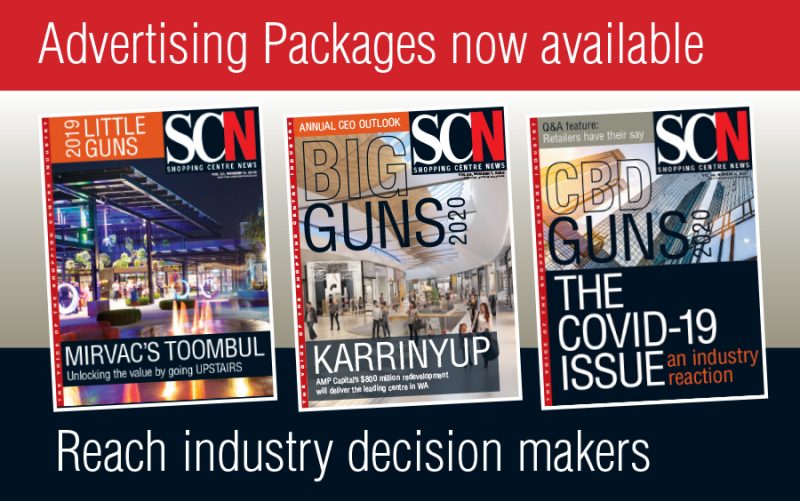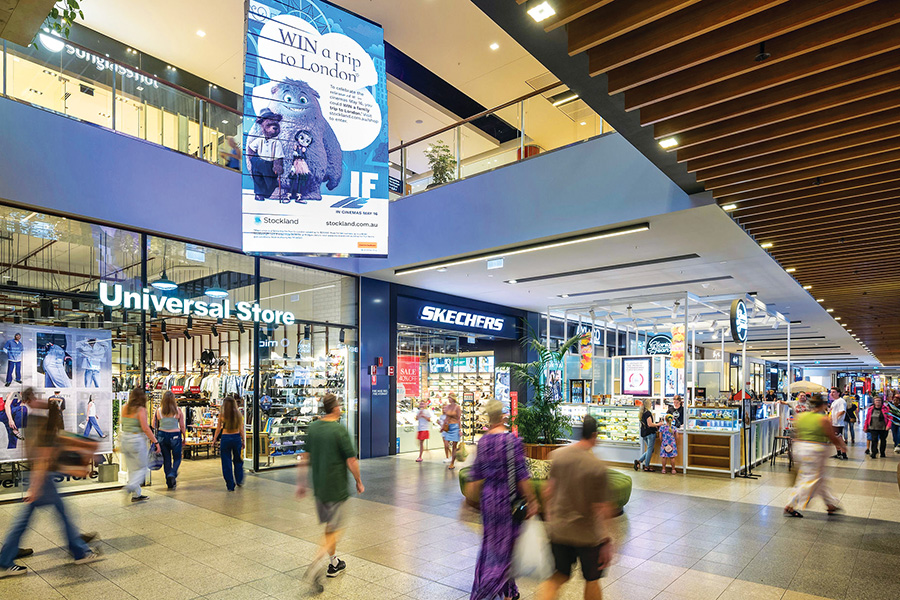In a crisis, leaders need to communicate efficiently. Singularity of message, clarity and precision, triumph – while, vagueness, obfuscation and confusion, fail. Increasingly, landlords and shopping centre management teams will need to expand communication with their retailers. In this article, Kate Alexander outlines the basics for successful communication.
Growing up with parents who were business people and farmers I learned that at times bad things happen to good people. The empathy I developed in childhood stands me in good stead as my company, which specialises in corporate, legal and crisis PR and content creation, provides communication support to businesses in many sectors that are confronting the COVID-19 crisis.
Many New Zealanders have been glued to the TV, laptop or smartphone screen every day at 1pm as the national press conference, usually fronted by Prime Minister Jacinda Ardern and Director-General of Health Dr Ashley Bloomfield, is held in front of a small group of reporters and a bank of video cameras. As a model for how to communicate to a large audience in a crisis the nature and scale of which none of us has ever lived through before, it is exemplary.
Here are the key reasons the NZ government’s crisis communications are working so well:
• It is clear. The four-level Alert system is easy to understand, and every household received the A3 poster explaining what each level means for every Kiwi, home and business. Additionally, the PM helped everyone come to grips with lockdown by describing a ‘bubble’ that everyone must remain in throughout lockdown. This simple visual language is compelling and has been adopted by a number of other leaders around the world.
• It is compassionate. From before the Alert Level 4 lockdown, the PM has expressed empathy for everyone who is struggling. Household stress, job losses and loneliness are mounting and the PM and Director-General, along with Minister of Finance Grant Robertson, have conveyed through words and actions that we are all in it together.
• It is multimedia. The PM knows some people get all their news from TV and radio; others rely on social media feeds. She posts regular videos on Facebook and Instagram and asks people to post questions and concerns in the comments. These are overseen and managed by her staff, and often the PM herself responds.
These qualities – clarity, empathy and a multifaceted approach – are some of the hallmarks of effective crisis communication.
Additionally, we have identified some key tips and real-life examples of how to navigate through the worst-case scenario and protect staff, shareholders, communities and the bottom line:
1. Keep your communication channels updated and ready
Some crises come more slowly (COVID-19 unfolded in other regions before reaching New Zealand) and some with no warning, such as the Canterbury earthquakes.
The test is whether you can communicate clearly and directly with all stakeholder groups within 30 minutes of the crisis being identified. For a large-format retail centre in Christchurch, when the first earthquake hit we needed to deploy mobile and email databases, instant messaging, social media channels and conference call facilities to reach all stakeholders (including local residents, retailers, staff and media) with the same updates at the same time. This helps spread certainty rather than confusion and anxiety.
Then, in a highly changeable environment, you must maintain consistent and timely communications.
2. Set leadership up to be nimble
Make sure the key people in your business are briefed as to what constitutes business NOT as usual and how they are expected (and empowered) to react. They may need to make big decisions unilaterally or on the hop and need pre-authorisation to do so. Always have a Plan B so if the identified spokesperson is unavailable (on a plane, say), there is a back-up person who is media-trained and ready with the right messages.
3. Use media to your benefit
The example of the PM’s use of social media applies to all companies operating in 2020. People seeking information about a company will go to its website and social media pages, and oftentimes mainstream news stories will be prompted, or fed, by what people post on social media.
The Warehouse Group (the largest retail group operating in New Zealand) stated publicly that its retailers would stay open as ‘essential services providers’ during Alert Level 4. It was a social media backlash that prompted a correction by the government and a backdown by the Group.
Social media is one of the most valuable ways to stay in touch with consumers, promote your brand, correct misinformation and quickly identify any problems users may be having with your product or service – but you have to monitor and manage it closely, and understand that it creates an extra level of transparency and feedback for your business.
4. Audit your response plan regularly
This is about the muscle memory of how to react when it hits the fan. Who does what? Companies have health and safety drills, fire drills. Forward-thinking boards/directors and leading companies have a ‘crisis drill’, a risk matrix of the top three issues that they are likely to face. They have a real-world plan for each one and audit the plans regularly to keep them current.
5. Establish a system of constant environment scanning
We support our clients, including retail entities, with this activity, which includes monitoring media for keywords, checking in regularly with certain stakeholders, reviewing reports (financial, global and local news, even weather) for signs of volatility. The key to effective scanning is training everyone within the organisation to be alert to issues that are relevant to the company, empowering them to speak up, and strengthening the chain of command so the C-suite/board are brought in when needed.





















